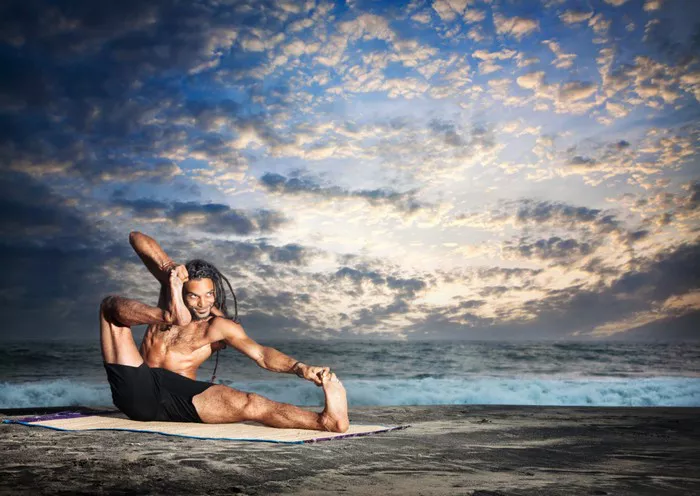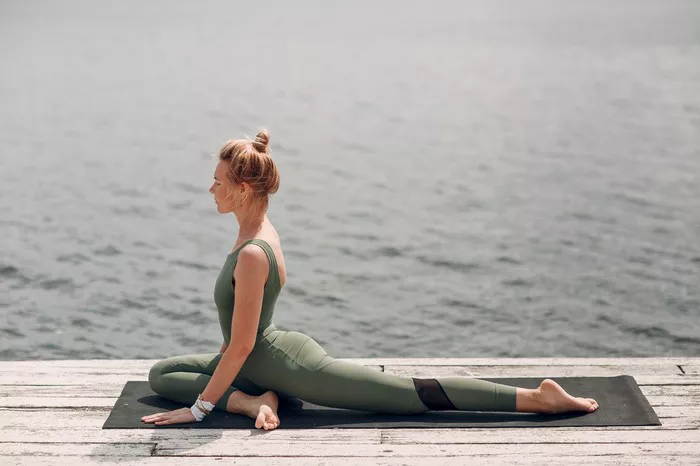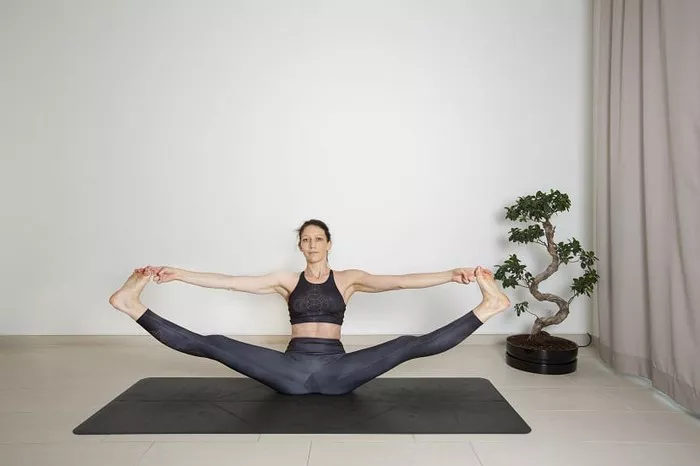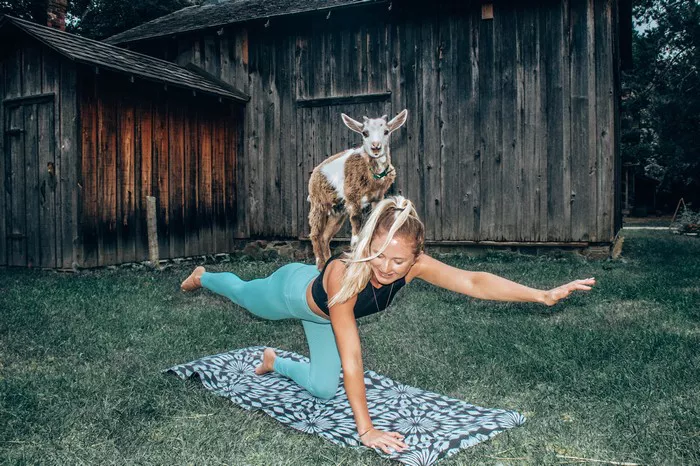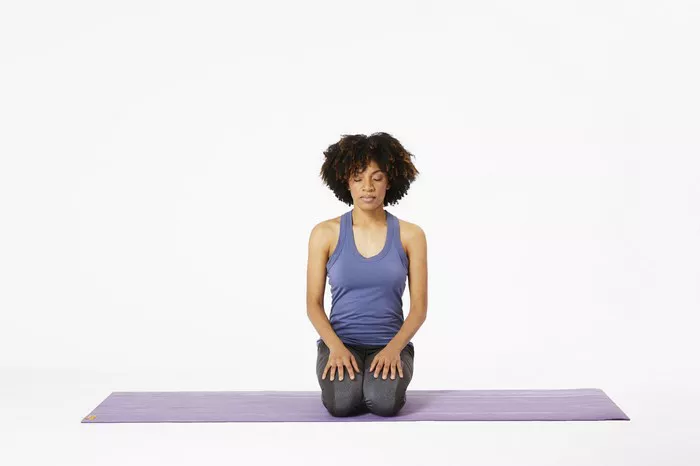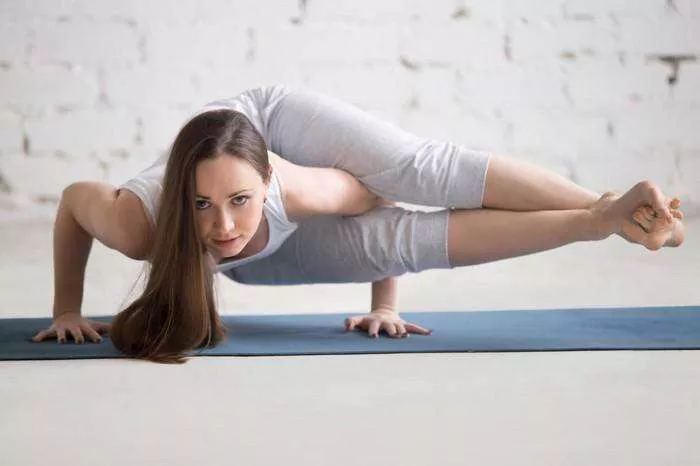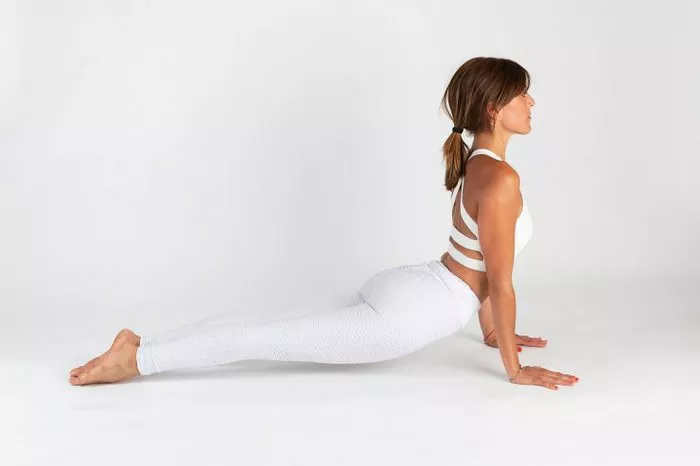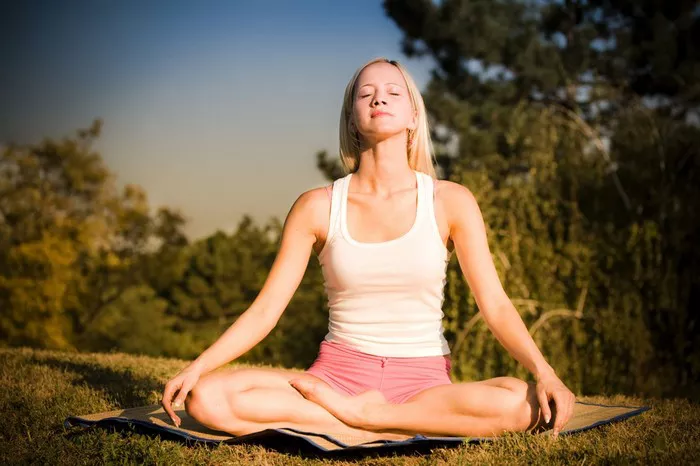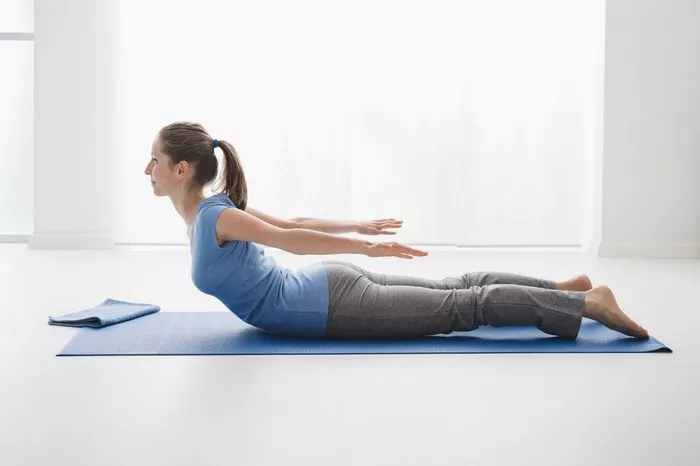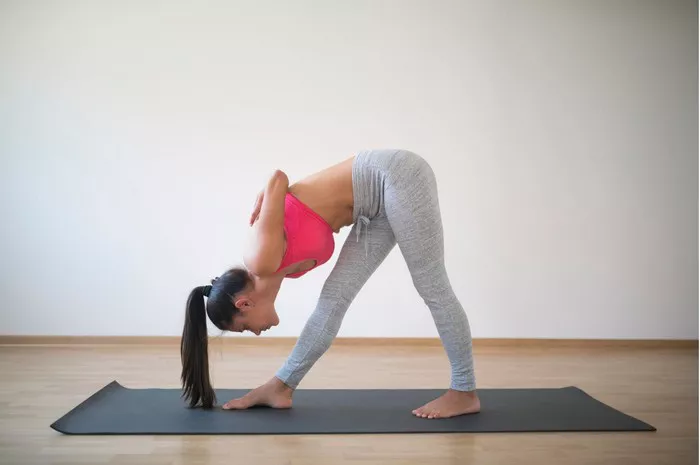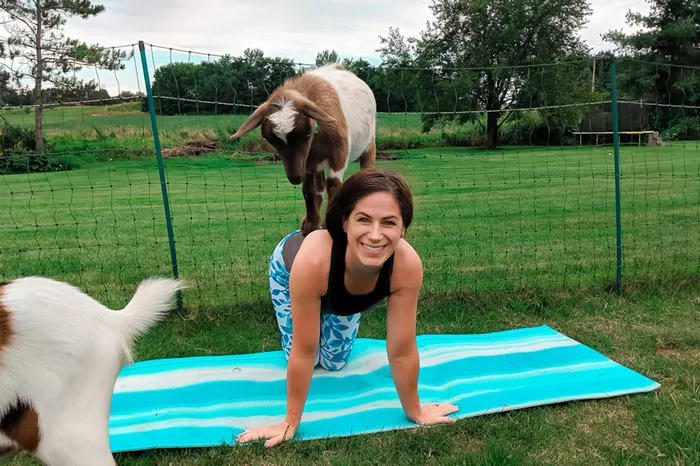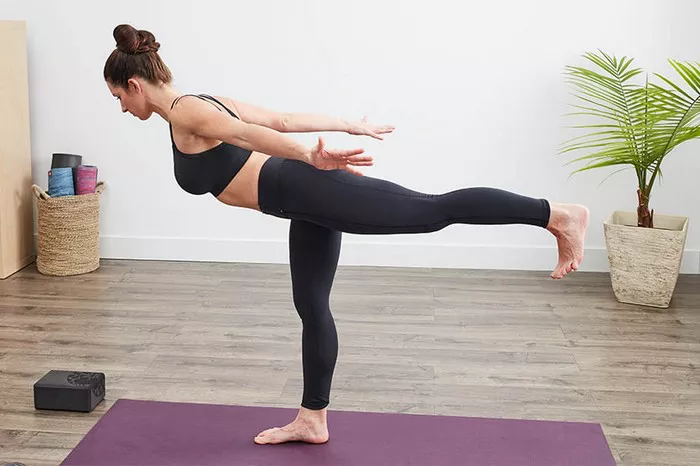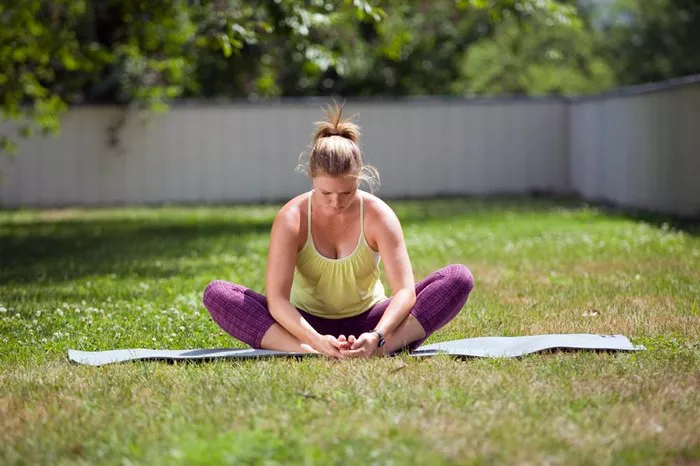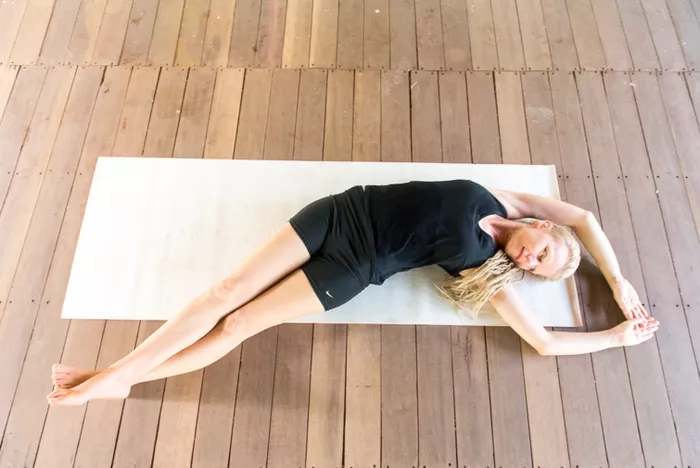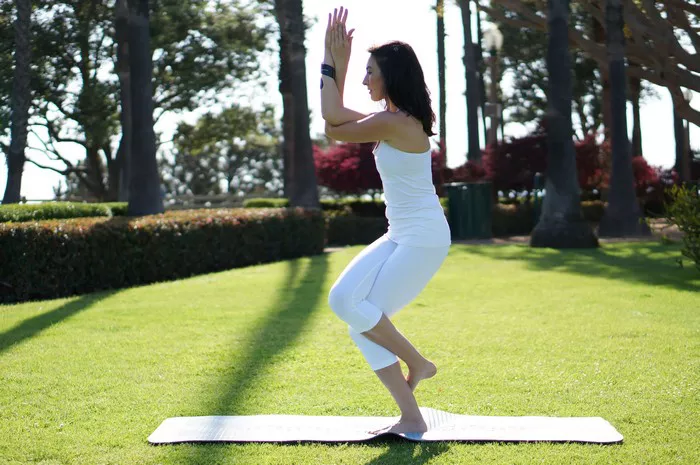Sukhasana, commonly known as the Easy Pose, is one of the foundational seated positions in yoga. It is often used for meditation, breathwork, and as a starting point in many yoga classes. Despite its name, Easy Pose isn’t always easy for everyone. For many practitioners, sitting cross-legged comfortably for any extended period can feel like an impossible task. If you find yourself shifting constantly, experiencing discomfort, or simply avoiding this posture altogether, know that you are not alone. There are several reasons this position might be difficult for you, ranging from physical limitations to lifestyle habits.
This article explores seven potential causes that may prevent you from sitting comfortably in Easy Pose. By understanding these reasons, you can approach your practice with greater awareness and make the necessary adjustments to support your body.
1. Tight Hips
One of the most common reasons people struggle with Easy Pose is tight hips. The pose requires a moderate degree of external rotation and flexion at the hip joints. If your hip muscles—including the gluteus medius, piriformis, and hip flexors—are tight, sitting cross-legged can be extremely uncomfortable.
Symptoms of tight hips:
- Knees lifting significantly above the hips
- Difficulty maintaining an upright spine
- Pain or pressure in the outer hips or lower back
In many cases, a sedentary lifestyle contributes to this issue. Long hours of sitting at desks or in cars can shorten the hip flexors and limit the range of motion. Incorporating regular hip-opening stretches like Pigeon Pose, Butterfly Pose, and Lizard Pose into your routine can gradually increase your flexibility.
2. Limited External Hip Rotation
Even if your hips aren’t tight in the traditional sense, you might have a restricted range of motion in external hip rotation. This is the movement that allows your legs to rotate outward and your knees to drop toward the floor in Easy Pose. Limitations here can stem from anatomical factors or insufficient movement patterns in your daily life.
Common contributing factors:
- Congenital hip structure
- Lack of dynamic movement in the hip joint
- Past injuries that reduced joint mobility
Improving external rotation takes time and consistency. Dynamic stretches, yoga poses such as Garland Pose (Malasana), and joint mobility drills can help. Always work within your limits to avoid injury and support sustainable progress.
3. Tight Hamstrings and Lower Back Muscles
While Easy Pose mainly challenges the hips, your hamstrings and lower back muscles also play a significant role in your ability to sit comfortably. When these muscle groups are tight, maintaining a straight spine becomes difficult, leading to slouching or discomfort.
Indicators of tight hamstrings and lower back:
- Rounded lower spine when sitting
- Discomfort in the back of the thighs
- Difficulty sitting upright without support
Tight hamstrings pull on the pelvis, causing it to tilt backward. This posterior pelvic tilt can compromise your spinal alignment and make the pose unsustainable. Stretching the hamstrings through Forward Folds and using props like a folded blanket or yoga block under your hips can help maintain better posture.
4. Weak Core Muscles
An often overlooked factor in sitting postures is core strength. Your core includes not just the abdominals but also the muscles of the back, pelvis, and diaphragm. These muscles work together to stabilize your spine and support an upright sitting position.
Signs of weak core involvement:
- Collapsing chest and rounded shoulders
- Fatigue after short periods of sitting
- Overreliance on props for support
A weak core can cause you to slouch or lean forward, putting undue strain on your lower back and hips. Incorporating core-strengthening exercises such as Plank Pose, Boat Pose, and bridges can build endurance and make Easy Pose more accessible over time.
5. Poor Postural Habits
Many people develop poor postural habits from daily activities like working at a computer, texting, or driving. These habits often lead to a forward head posture, rounded shoulders, and a collapsed chest, all of which negatively affect your ability to sit well in Easy Pose.
Examples of poor posture patterns:
- Forward head position
- Rounded shoulders and upper back
- Slumped or collapsed spine
These habits, when ingrained, can make it difficult to retrain your body to sit upright with ease. Regular yoga practice, mindful awareness, and specific alignment-focused postures like Mountain Pose or Seated Staff Pose (Dandasana) can help correct these imbalances over time.
6. Structural or Anatomical Limitations
Not all challenges in Easy Pose are due to tight muscles or weak cores. Sometimes, the structure of your bones and joints may not support the pose. For instance, the angle of your femur in the hip socket or the shape of your pelvis may naturally limit your ability to sit cross-legged comfortably.
Anatomical considerations:
- Deep hip sockets
- Variations in pelvic tilt
- Leg length discrepancies
These are not things you can “stretch out” or “strengthen through.” Instead, acknowledging these limitations and modifying the pose with props is crucial. Using yoga blocks under the knees or sitting on a cushion to elevate the hips can make a significant difference.
7. Lack of Experience or Awareness
Sometimes, the difficulty isn’t purely physical but comes from a lack of familiarity or mindfulness. New practitioners may not yet have the body awareness needed to align themselves correctly or to understand their personal limits.
Common beginner mistakes:
- Forcing the pose without proper warm-up
- Ignoring discomfort signals
- Comparing with others in the class
Education and mindful practice go a long way. Practicing under the guidance of a knowledgeable instructor, taking the time to explore your own anatomy, and using props strategically can help build both competence and confidence.
Conclusion
The Easy Pose, despite its name, can be challenging for many due to a variety of physical, anatomical, and habitual reasons. Understanding these seven potential causes can empower you to approach the pose with patience and strategy. Rather than forcing your body into a position that feels unnatural, adapt the pose to your unique structure and needs. Use props, modify your alignment, and give yourself time to develop the strength, flexibility, and awareness required for comfortable sitting.
Remember, yoga is not about performing perfect poses; it’s about cultivating a deeper connection with your body and mind. With consistency, mindful practice, and self-compassion, Easy Pose can become more accessible and beneficial for you.
FAQs
Q1: Is it okay to sit on a cushion or block in Easy Pose?
Yes, using a cushion or block can significantly improve your comfort and alignment in Easy Pose. Elevating your hips above your knees helps maintain a neutral spine and reduces strain on your joints.
Q2: How long should I hold Easy Pose?
Start with short periods—5 to 10 minutes—and gradually increase as your body adapts. Always listen to your body and come out of the pose if you experience pain or numbness.
Q3: What should I do if my knees are far from the ground?
Place blocks or rolled blankets under your knees for support. This helps reduce strain on the hips and allows your muscles to relax over time.
Q4: Can structural issues really prevent me from sitting cross-legged?
Yes, anatomical differences in bone structure, such as hip socket depth or pelvic tilt, can limit your range of motion. These factors are normal and should be respected with appropriate modifications.
Q5: How can I improve over time?
Incorporate targeted stretches, core strengthening, and consistent practice. Using props and practicing mindfulness will also contribute to gradual improvement.
Q6: Should I avoid Easy Pose if I feel discomfort?
Discomfort is common, especially at the beginning, but sharp or persistent pain is a sign to modify or stop. Use props or choose a different seated posture until you’re ready to revisit Easy Pose.
Q7: Are there alternative poses I can try?
Yes, you can try Vajrasana (Thunderbolt Pose), sitting on a chair, or supported cross-legged sitting with more props. The key is finding a position that supports both comfort and alignment.
Q8: How can I know if my core is weak?
If you find yourself slouching or becoming tired quickly while sitting, you may have weak core muscles. Incorporating yoga poses that build core strength can help you sit more comfortably in the long run.
Related Topics:



